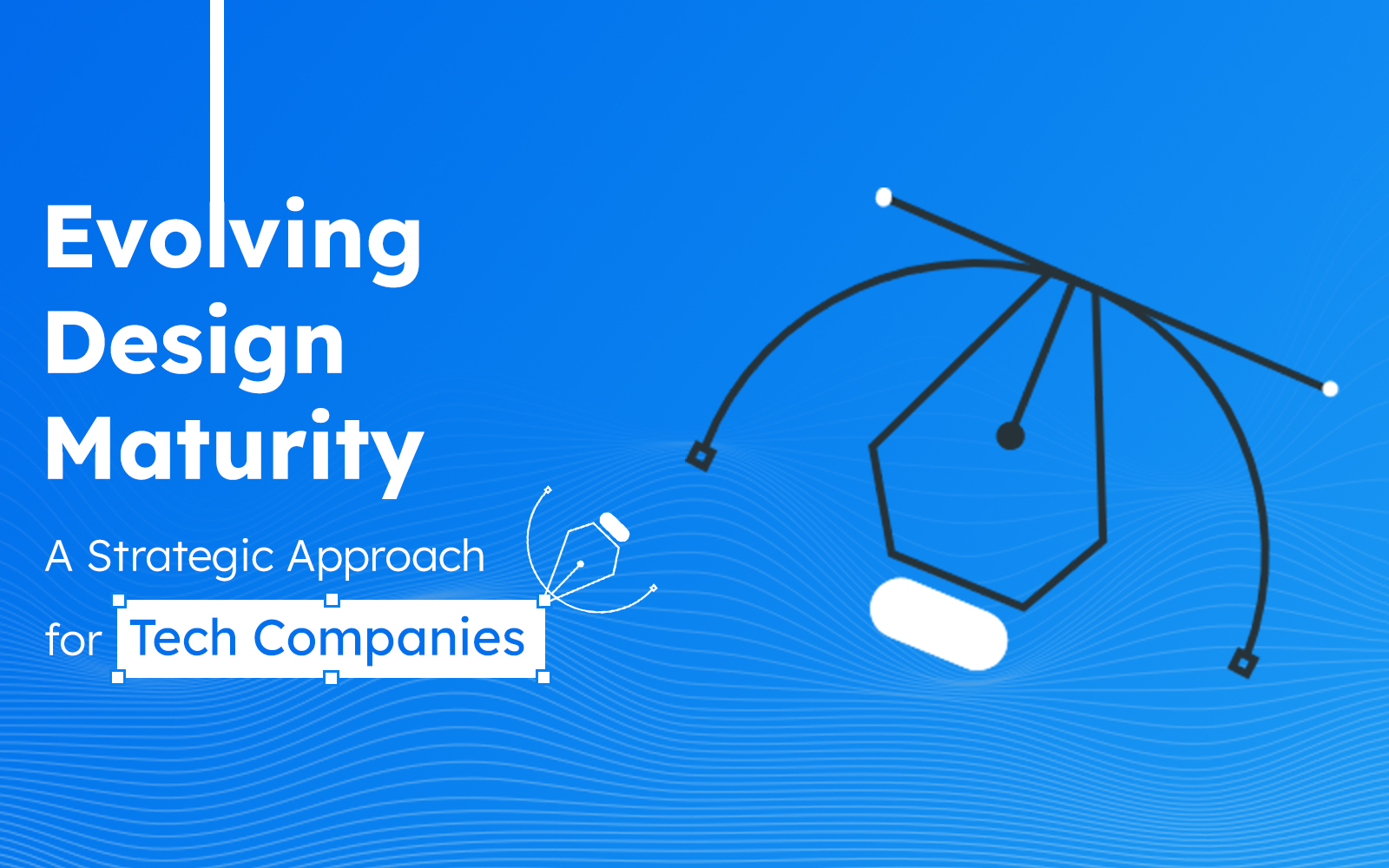Evolving Design Maturity: A Strategic Approach for Tech Companies
Introduction
In an era where user experience (UX) dictates the success or failure of digital products, the concept of Design Maturity has become increasingly crucial for tech companies. This evolving paradigm goes beyond mere aesthetics; it encompasses a comprehensive, strategic approach that integrates UX Design, Design Thinking, and a user-centric approach into the very fabric of product development. As tech companies navigate through the waves of digital transformation, understanding and implementing a mature design strategy is key to staying relevant and innovative in a fast-paced industry.
The Importance of User Experience in Product Development
At the heart of design maturity lies a profound emphasis on User Experience. In the tech industry, where products are often complex and highly technical, UX Design becomes the bridge that connects users to technology. A mature design approach prioritizes intuitive interfaces, empathetic user interactions, and solutions tailored to real-world needs. This focus on UX is not just about enhancing the look and feel of a product; it’s about ensuring that every aspect of the user’s interaction is seamless, engaging, and fulfilling.
Integrating Design Thinking for Innovation
Design Thinking is a methodology that plays a pivotal role in achieving design maturity. It’s a problem-solving approach that encourages tech companies to think like designers – empathizing with users, defining problems creatively, ideating innovative solutions, prototyping, and testing. By embedding Design Thinking into their culture, tech companies can foster an environment where innovation thrives. This approach leads to the development of products that are not only technologically advanced but also deeply resonate with users’ needs and expectations.
Embracing a User-Centric Approach in the Digital Age
As digital transformation reshapes the tech landscape, adopting a user-centric approach becomes essential. This means placing the user at the center of every decision, design, and development process. A user-centric approach in design maturity involves continuous user feedback, understanding the changing user behaviors, and adapting products accordingly. It’s about creating experiences that are not just functional but also emotionally appealing and accessible to a diverse user base.
Design Strategy: Aligning Design with Business Goals
The evolution of design maturity in tech companies also requires a robust Design Strategy. This strategy should align with the broader business goals and address how design can contribute to achieving these objectives. It involves setting clear design principles, governance, and metrics to measure the effectiveness of design initiatives. A well-articulated design strategy ensures that design decisions are not made in silos but are integrated into every aspect of the business, from product development to marketing and customer service.
Navigating Tech Industry Trends with Advanced Design Maturity
In keeping up with rapidly changing Tech Industry Trends, companies with advanced design maturity are better positioned to adapt and innovate. These companies are not just trend followers; they are trendsetters, defining new standards in user experience and product design. By continuously evolving their design practices, staying abreast of emerging technologies, and being receptive to changing user needs, these companies lead the way in creating products and services that truly make a difference in people’s lives.
Conclusion
The journey towards design maturity is an ongoing process that requires commitment, investment, and a strategic mindset. For tech companies aiming to make a lasting impact in an increasingly competitive market, evolving their design practices is not just an option but a necessity. By focusing on User Experience, embracing Design Thinking, adopting a user-centric approach, implementing a solid design strategy, and staying attuned to industry trends, these companies can ensure that their products are not only technologically superior but also deeply connected to the users they serve.
In essence, Evolving Design Maturity in tech companies is about creating a culture where design is revered, not as an afterthought, but as a fundamental pillar that drives innovation and business success. In this digital age, such companies stand as beacons of excellence, leading the way in shaping a future where technology and human-centric design go hand in hand.
Recent Posts
Deep Learning Explained: Understanding the Brain Behind AI
The Intersection of AI and IoT: Creating Smarter, Connected Environments
The Evolution of AI: From Simple Algorithms to Neural Networks
The Role of AI in Sustainable Development
Scaling New Heights: Integrating Advanced Technologies in Startup Product Engineering
